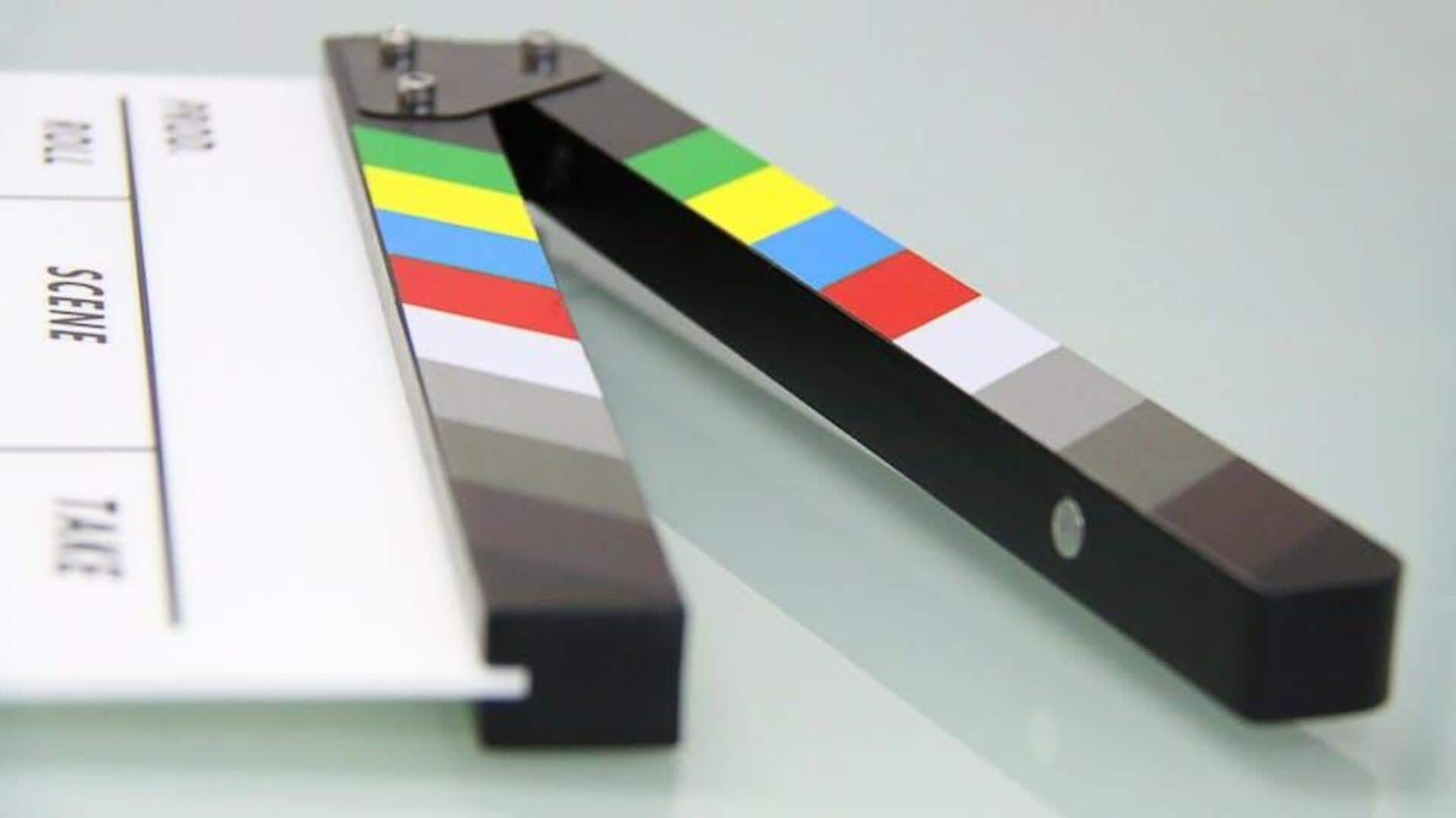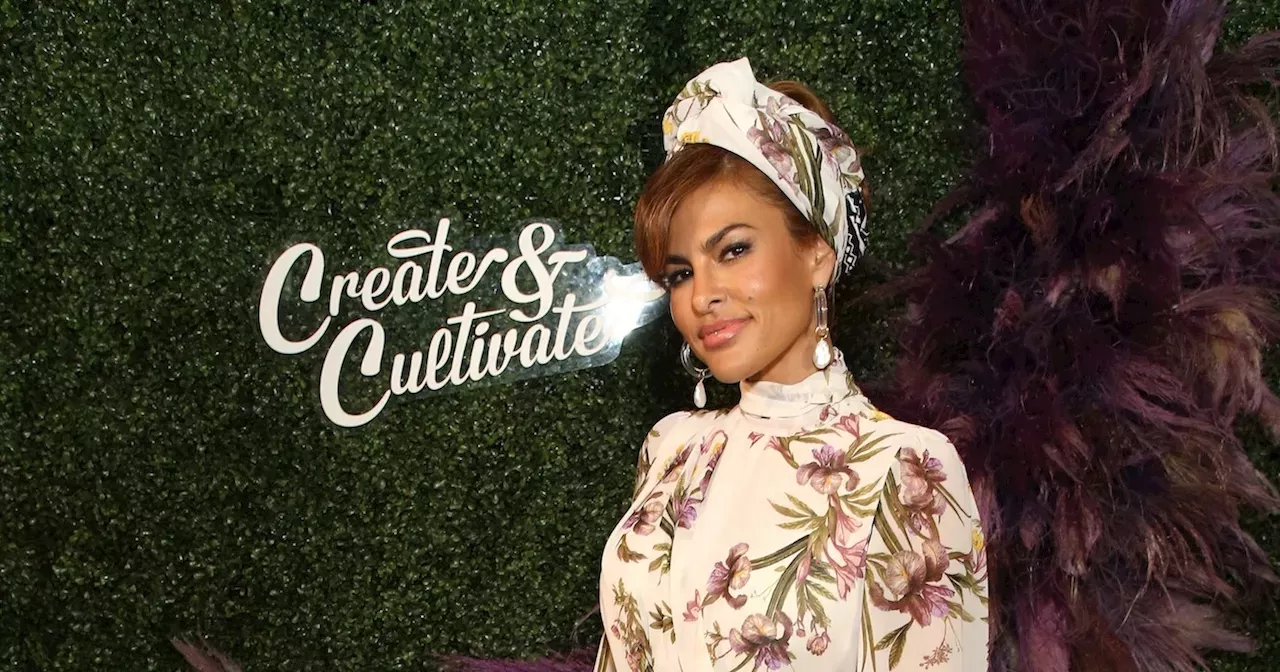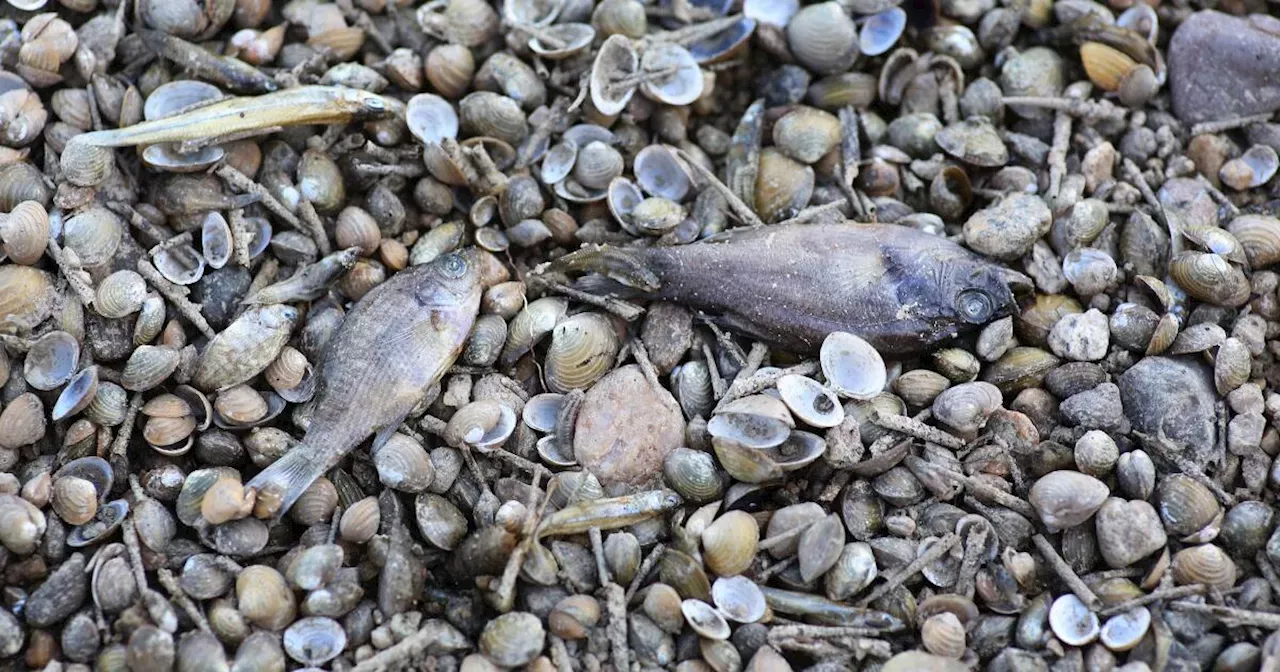The beauty of the Olympic Games is found in the stories of those who compete, in tracing the disparate paths that took athletes from all corners of the nation toward the same sporting goal, in learning what it took for each of them to earn the right to wear a red, white, and blue uniform. Yet for three-quarters of the American roster competing in the Paris Games, one portion of their journey was the same: college sports. Given the vast network of NCAA sports that weave their way through the nation, that statistic is by no means shocking.
The American college sports system may see its biggest headlines go to longstanding television darlings football and basketball, but its legacy in feeding so many other so-called non-revenue sports is undeniable. From archery to wrestling, and all the alphabetical points in between, Olympians are nurtured on college campuses. Advertisement But the collegiate landscape is shifting in seismic ways, and amid the loudest debates over the merits of expanded football playoffs and major conference realignment or the impact of NIL money, there is a gnawing fear among US Olympic leaders about an unintended consequence of the money and attention focused there: The effect on the development of Olympic athletes could be devastating.

“If Olympic sports are lost, that’s critical to us,” said Sarah Hirshland, CEO of the US Olympic and Paralympic Committee, at a pre-Olympic media summit. “You have seen the numbers, seen the data. Not only is the US collegiate system critical to Team USA, it’s important to the world.
We train a lot of Olympic athletes in this country. It’s a well-resourced, powerful sport system. “We are at every turn advocating — whether it’s state government, federal government, university presidents, [athletic directors], everyone who will listen — making sure they understand the potential impact to Olympic sport.
“We don’t want to go from this incredible diversity of sports to just a few sports. It would be doing this country a disservice. We’re advocating at every turn for broad-based sport at every educational level.
It’s really important not just for Team USA, but for this country.” Advertisement She ended with this plea: “Please write that story.” It is a complicated tale, with tendrils everywhere.
But its essence is here: Of the 592 Olympic and Paralympic athletes officially named for the US roster, 444 of them — 75 percent — competed collegiately. They represent 169 schools. Twenty-one of our Olympic teams have at least 80 percent collegiate participation on their rosters, including 15 teams made up of 100 percent college athletes — women’s basketball, men’s and women’s 3x3 basketball, beach volleyball, men’s and women’s indoor volleyball, diving, fencing, women’s field hockey, women’s rugby, modern pentathlon, men’s and women’s water polo, rowing, and triathlon.
The college representation spans all three NCAA divisions as well as junior colleges and club programs. Can that continue? Major conference realignment shredded the Pac-12 and ballooned the Southeastern Conference and Big Ten, changing ancient rivalries and requiring cross-country travel budgets. Legislation allowing athletes to benefit financially from their own name, image, and likeness has allowed them to earn money beyond their basic scholarships.
An open transfer portal allows them to move from school to school freely, and some athletes are going so far as to try to form unions that would categorize them as employees of their institutions. Together, it fractures a longstanding system. Can the NCAA, no model of efficiency under the best of circumstances, navigate yet another hurdle and protect Olympic sports while still serving the needs of its institutions amid these changing economics? Welcome to the world of the USOPC Collegiate Advisory Council, of which North Carolina athletic director Bubba Cunningham is a member.
“We are trying to connect people to understanding that the lifeblood of our Olympic movement is through the intercollegiate system,” he said in a recent phone conversation. “There’s been some advertising by conferences that are trying to make a more public connection to understanding that we don’t have a federal agency that funds the Olympic movement. It is subsidized by colleges.
Advertisement “I think the general public needs to hear it, I think Congress needs to hear it, and I think the media needs to have a better understanding of it. And, quite frankly, the NCAA and college presidents need to hear it. “When you’re in it every day like I am, you think about it all day every day.
But for so many others, it’s a tomorrow problem, and it’s hard to get people’s attention and concern. We have to be thinking 4-8 years out.” Without such foresight, Cunningham fears, we could be telling a very different US Olympic story in those 4-8 years.
“What I don’t want to do is for us to look up in 2028 when the Games are in LA and the US doesn’t own the overall medal count, the gold medal count,” he said. “That we’ll be surprised. Let’s not be surprised.
“I think there’s a moment here, where this issue will spike in interest and in dialogue, but then unfortunately I think it will fade away. Those of us in the industry need to continue to keep the conversation going.” In some cases, what has happened to the college-to-Olympic connection has been undeniably positive, particularly in women’s sports.
Think of the gymnasts, once practically barred from college competition because it neither prepared them for the Olympic level nor allowed for their maturity or age. But this year’s team, with Auburn’s Suni Lee, Oregon State’s Jade Carey, and UCLA’s Jordan Chiles, is changing that story. Advertisement But while women’s sports have the additional protection of the Title IX legislation, it was only in the last Olympic cycle in Tokyo that men’s gymnast Shane Wiskus saw his college program at Minnesota get shut down only a few months before he was named to the US national team.
As he said at the time, “I think it’s important to get the conversation going because the NCAA is a vital piece in the Olympic process. . .
. NCAA gymnastics has done a lot for me, and I do fear that if changes aren’t made, that could go away and maybe even affect the Olympic process.” Cunningham hears him.
There is no simple answer. “The most significant or influential thing in the last few years is the second time we lost an antitrust case ,” Cunningham explained. “That settlement is saying that those that have generated the money should get it.
So those of us in the industry, the revenue sharing we’ve done in the past, taking the money generated from football and basketball and share it, that’s no longer the equation. “Those who are generating the money get it, so fewer kids getting more money. We are wrestling with that landscape.
For 40-50 years, we built college athletics on gender equity and competitive equity. The court said otherwise. “That’s going to come at a cost somewhere.
I’m not sure where yet. But I think obviously the concern is that it will, over time, impact Olympic sports.” The notion made four-time Olympic medalist Summer Sanders, who swam for two years at Stanford, shudder.
Advertisement “The NCAA model is essential to Team USA,” she said. “We don’t know when athletes are going to reach their peak, and in order to do that, we need the NCAA model. We don’t have a Plan B.
” Tara Sullivan is a Globe columnist. She can be reached at tara.sullivan@globe.
com . Follow her @Globe_Tara ..



















